Very well then – war. That is the bottom line of Vladimir Putin’s response to Donald Trump’s latest attempts at mediating an end to Russia’s invasion of Ukraine. In August, Putin rejected the peace deal that Trump lined up in Alaska. Now, the Kremlin has scuttled the White House’s plan for a summit in Budapest by insisting that Russia’s demands for Ukrainian demilitarization and “de-nazification” remain in force. Clearly, the Russian President still believes that he can win the war on the battlefield – and terrorize Ukraine’s civilians.
What is Putin’s plan? Why does he still believe that Russia can chart a path to victory even as Washington unveils painful new sanctions on the country’s two largest oil exporters, Ukrainian drones have begun smashing up oil refineries deep inside Russia and a summer of heavy fighting in the Donbas has moved the front line forward by a handful of miles at huge cost in blood?
First and foremost, Putin is gambling that time is on his side – backed by Russia’s cruel allies General Winter and General Frost. Massive missile and drone attacks on Ukraine’s energy and transport infrastructure are aimed at making as many cities as possible uninhabitable as temperatures drop. It’s not a new strategy. But the increased scale and accuracy of Russian strikes over recent months will make this winter the coldest that Ukraine has faced. According to one senior official source, Germany’s security services have already warned Berlin to brace for a fresh influx of Ukrainian refugees.
Like many elements in this apparently deadlocked conflict, the livability of a city can radically change in a tipping-point moment such as the destruction of an electricity substation or gas pipeline. Early last month, a series of catastrophic hits on Kyiv’s power grid left half the capital without power. Some areas waited a week for it to be restored. Smaller cities with fewer air defenses are suffering worse. “My hometown Kherson is turning into a ghost city,” reports Iuliia Mendel, former press secretary to Volodymyr Zelensky. “Relentless Russian shelling has driven out nearly four out of five residents – just 65,000 remain from the 300,000 who once called it home.”
Putin’s forces are targeting other humanitarian essentials, too. In late October, Russian missiles scored a series of direct hits on the Kyiv warehouse of Ukraine’s second-largest pharmaceutical distributor, Optima Pharm, destroying an estimated $100 million of medicines.
Whether a dark winter will precipitate a morale crisis in Ukraine – and a crisis in Zelensky’s legitimacy – remains to be seen. But a new wave of Ukrainian refugees would certainly stress European political resolve. Forcing a mass winter exodus of Ukrainian women and children (military-age men have been banned from leaving Ukraine since the start of the war) is the Kremlin’s ruthless way of weaponizing civilian suffering and testing the limits of Europe’s support.
Poland has recently suspended benefits to many Ukrainian refugees, and leaders in some countries – such as Lithuania and Germany – have begun arguing that Ukrainian men should be sent home to address the country’s recruitment needs.
On the front line in the Donbas and around the edges of the Kharkiv province, the apparent stalemate may not be as stable as it appears. Russian progress toward encircling the “fortress cities” of western Donbas has been painfully slow and increasingly bloody. Analysis by Britain’s Ministry of Defence suggests that this year has been Russia’s deadliest of the war: 100,000 Russian soldiers have been killed from a total of nearly 250,000 since 2022. But if Russia’s forces succeed in taking Pokrovsk in the north of Donetsk province, then the 50-kilometer fortress line of Slovyansk, Kramatorsk and Konstantinovka becomes vulnerable to outflanking from both north and south.
Ukrainian efforts to find manpower are becoming increasingly critical, even more so than weapons procurement or missile defense. Every month, Ukraine mobilizes 30,000 soldiers. Army press gangs often use brutal methods to snatch unwilling recruits off the streets and bundle them into buses. But, admits Ukrainian MP Fedir Venislavskyi – a member of Zelensky’s party and of the Committee on National Security, Defense and Intelligence – up to 20,000 soldiers will desert or go absent without leave over the same time period.
That leaves only 10,000 fresh recruits, most of them conscripts. Ukraine’s military blogging sites are full of officers complaining about manpower shortages. “Our frontline units operate at about 50 percent strength,” Ukrainian army Major Yegor Checherinda recently told the website Voennoe Delo. Bohdan Krotevych, a former Azov regiment officer, complains that “frontline units currently operate at only about a third of their required strength.”
But the most important arms race isn’t playing out in the trenches of the Donbas, but in the skies above the Russian and Ukrainian heartlands. Attacks by 800 Russian drones and missiles a night have become commonplace. Until recently, up to 80 percent of these weapons were typically downed by air defenses. But Russian glide bombs – created by attaching wings, rocket motors and guidance systems to 500-kilo conventional bombs – are much harder to hit and have a 200-kilometer range. Over recent weeks, Russia has significantly increased glide-bomb use, with devastating effect.
Ukraine has unveiled a homemade cruise missile called the Flamingo, with a warhead weighing more than a ton and a range of 1,500 kilometers. Since August, long-range Ukrainian drones have begun regularly striking Russian oil refineries and arms factories. Kyiv can use domestically built missiles to strike targets deep inside Russia without restrictions from western allies.
Russia’s economy – in particular its oil and gas production and export – has become Putin’s most dangerous vulnerability both militarily and diplomatically. Publicly available maps of Russia’s pipeline network clearly show that just two dozen key nodes and pumping stations are crucial to the whole system. Many of these – through quirks of geography and Soviet-era planning – lie within striking distance of Ukraine’s drones and missiles.
The Biden administration held Kyiv back from crippling Russia’s oil industry for fear of causing a spike in global prices – and, for the same reason, never directly banned or sanctioned Russian oil. Under Trump, that’s changed. Recently announced US sanctions on Lukoil and Rosneft, Russia’s two biggest oil companies, could squeeze 65 percent of Moscow’s exports. These announcements seem to have caught Putin off guard. Like a helicopter trying to dodge heat-seeking missiles, the Kremlin’s response has been to fire off hot propaganda chaff left and right.
For example, in response to Trump’s announcement, Putin hastily revealed a new super weapon: the Burevestnik, a cruise missile powered by an onboard nuclear reactor that can stay aloft for days and carry nuclear warheads. The unveiling looked a lot like Putin’s announcement last November of a new model of the Oreshnik hypersonic nuclear missile. The Kremlin believes both weapons showcase Russia’s military-industrial complex – but more importantly, their rollout serves as a not-so-subtle message to the world that Russia is a nuclear power and shouldn’t be messed with.
The Kremlin also immediately dispatched Kirill Dmitriev – the Harvard Business School-educated former Goldman Sachs banker who heads Russia’s sovereign wealth fund – to Washington. Putin believes that Dmitriev, with his excellent English and extensive US contacts, is an ideal Trump-whisperer. Dmitriev has been busy talking up the grand possibilities of US-Russian business cooperation on Arctic oil exploration and rare-earths mining during a series of meetings with Trump’s envoy Steve Witkoff. But Dmitriev’s welcome seems to be wearing thin. No top member of Trump’s team met with him publicly during this last visit, and Treasury Secretary Scott Bessent called him a “Russian propagandist.”
According to Sir William Browder, once the largest foreign portfolio investor in Russia, “the fact that Putin dispatched Dmitriev to Washington within minutes of the US sanctioning Lukoil and Rosneft shows just how rattled Putin is.” But Dmitriev’s message to Washington showed little sign of Russian willingness to compromise. He mostly hyped up the power of the Burevestnik. He told Fox News and CNN that Putin considers Ukraine an existential threat to Russia and that he won’t back down.
Ukraine and Russia are in a war of attrition – and that is a war Putin bets he can win. Even as commodities analysts report that many of Rosneft and Lukoil’s biggest customers in India and China are canceling orders and seeking oil from non-Russian sources, other market players are busy finding ways to circumvent the latest sanctions. The markets doubt that Trump can keep the 4.4 million barrels a day exported by those Russian companies from flowing. The futures price of Brent Crude oil, for instance, ticked up 3 percent after the announcement, but has since sunk close to the pre-sanctions level.
“If you really remove that much oil from the market, you will have a huge price spike [that] Trump won’t tolerate,” says Ben Aris of media company Business New Europe. “Midterm elections are not that far away. Oil experts say it will only take a few months for the Russians, Chinese and Indians to find some sort of workaround. They have in every case of new sanctions so far.”
Russia undoubtedly faces further economic pain as the war continues. But Ukraine’s economy, and indeed its ability to finance its war effort at all, is in far worse shape. The Trump administration has pulled funding, and Europe’s promise to raise a reparations loan backed by frozen Russian assets remains in legal limbo.
One thing is certain. Winter is coming, and it will be much more painful for Ukraine than it will be for Russia. Those who predict that the pressures of war will collapse Ukraine and those who say the same of Russia are both right. The only difference is the timeline. Putin remains convinced that his economy, his people and his soldiers can take whatever he asks of them – and hold out longer than their enemies in Kyiv.
This article was originally published in The Spectator’s November 10, 2025 World edition.










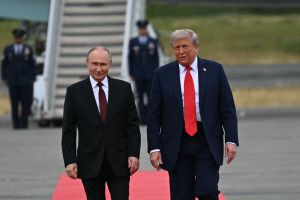

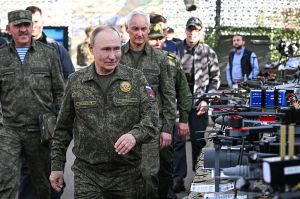
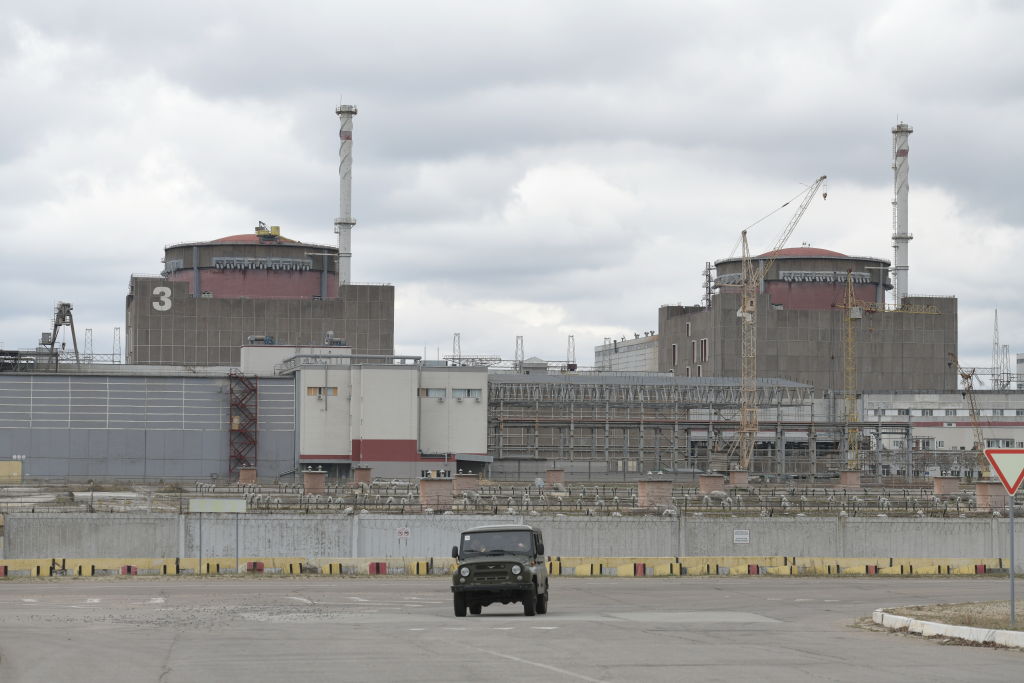
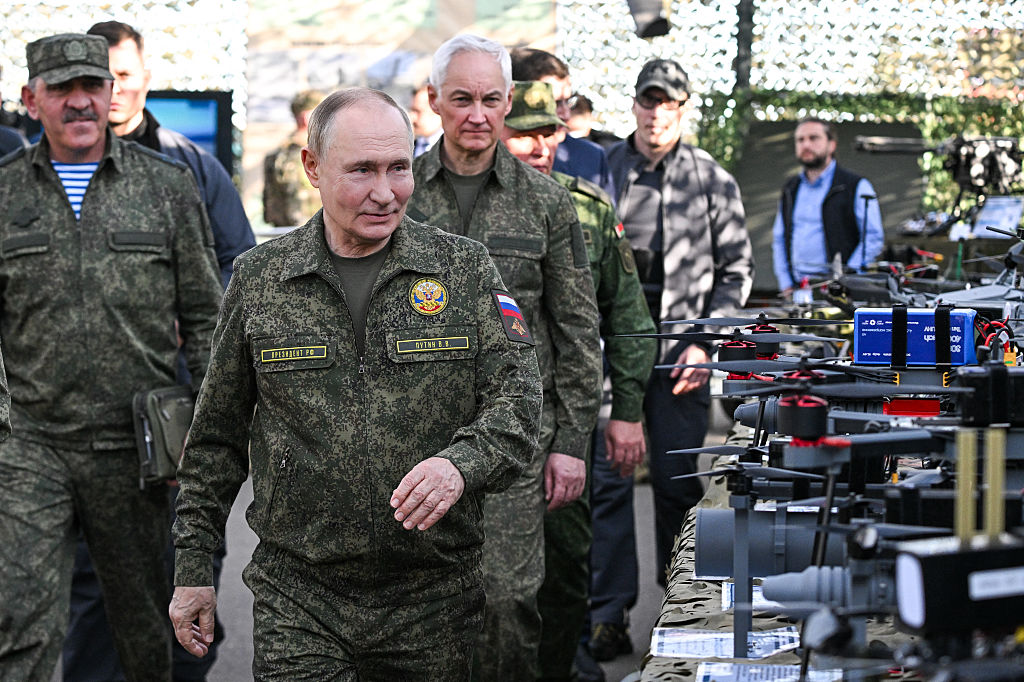
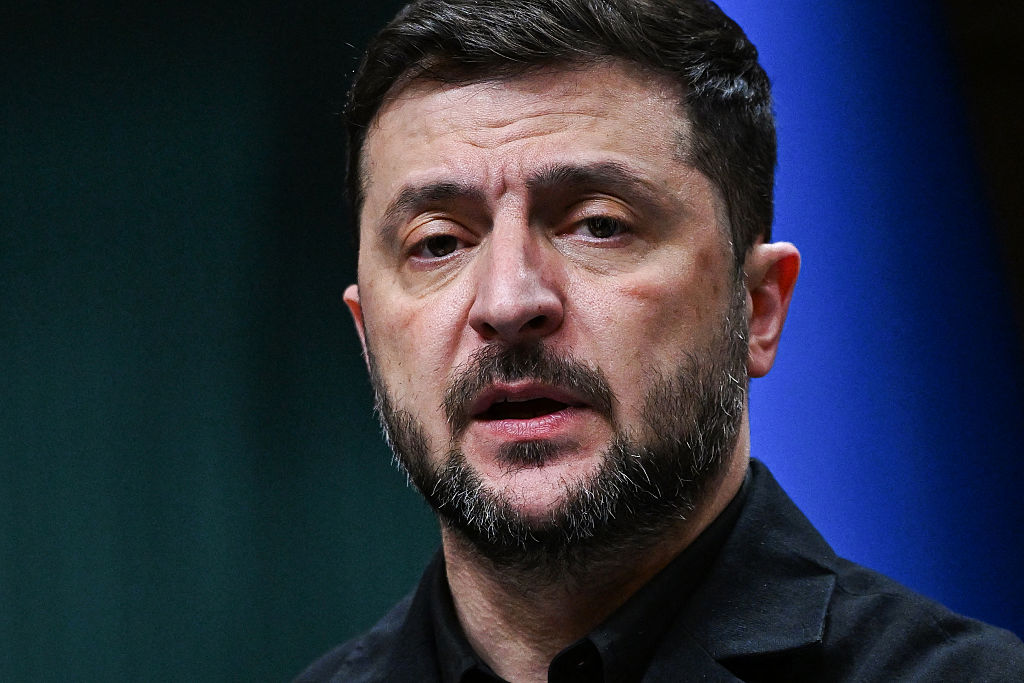
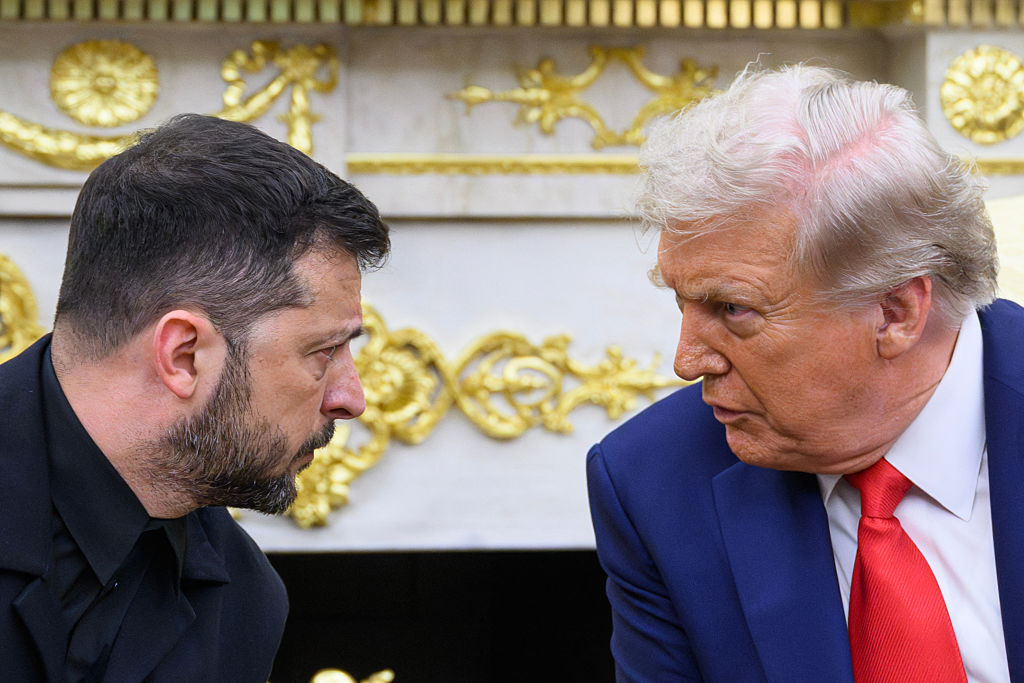
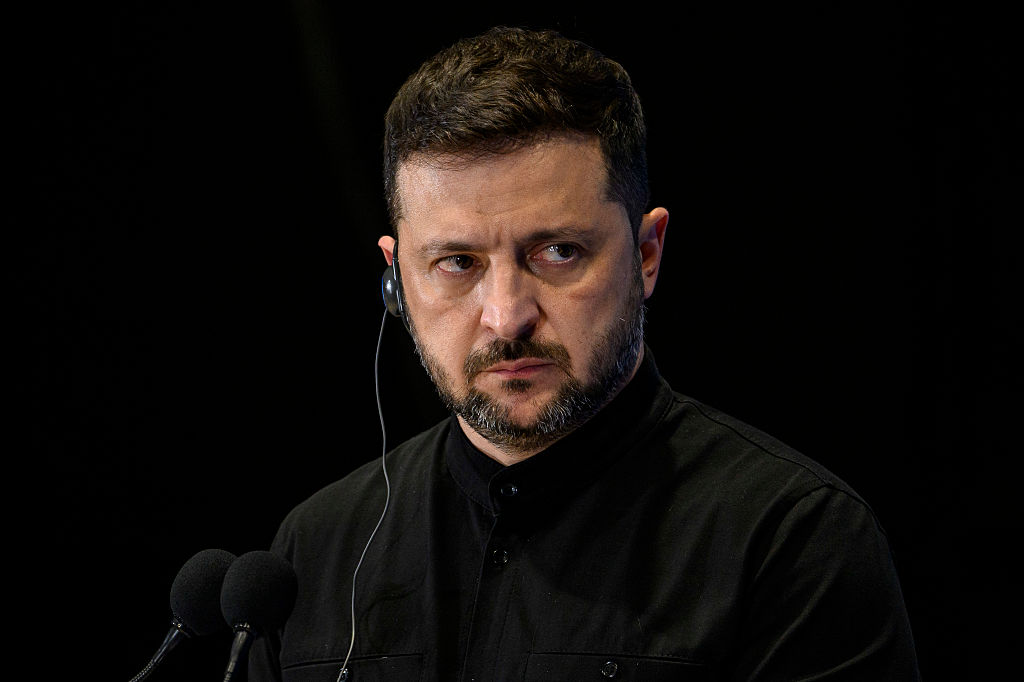
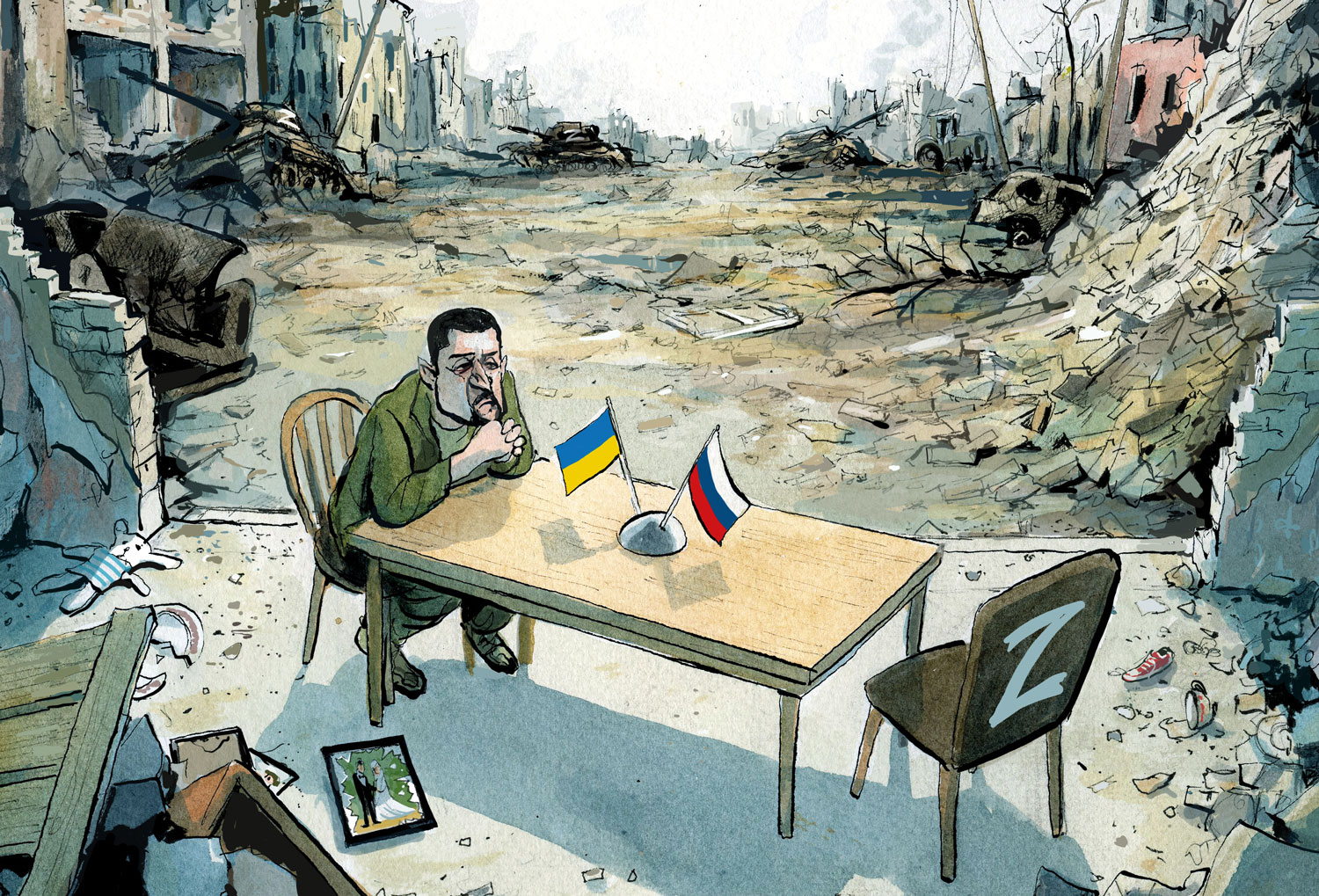







Leave a Reply